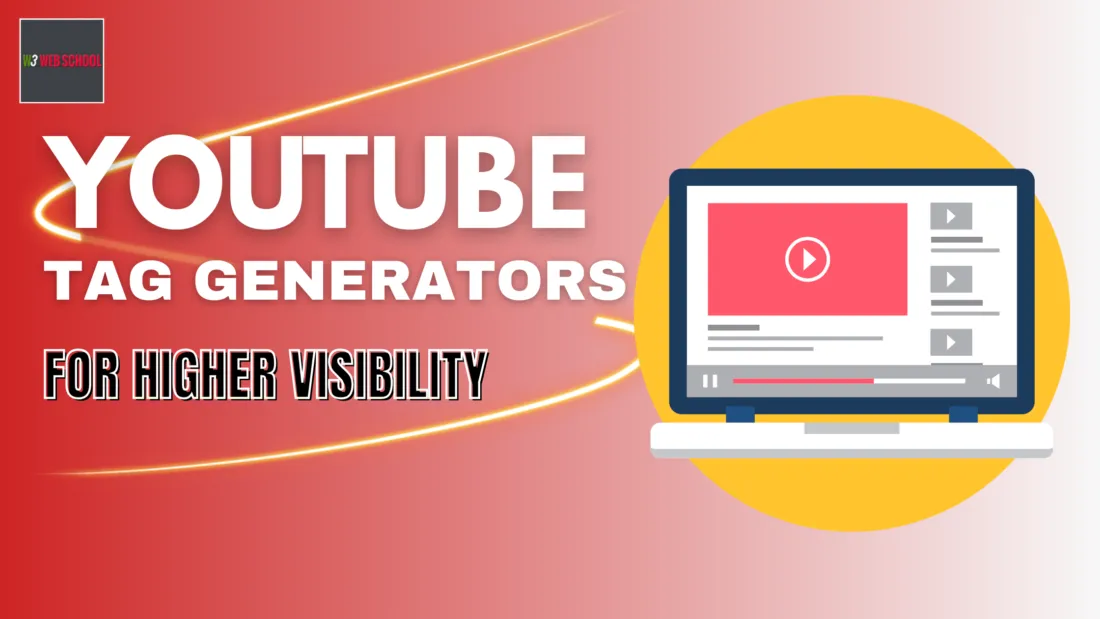hello everyone YouTube Hashtag Generator best and good information collect
In 2025, using hashtags wisely on YouTube can boost discoverability, viewers, and growth—when done right. This 2,000+ word guide covers everything: why hashtags matter, how to generate them using tools and AI, best practices, mistakes to avoid, advanced strategies, case studies, and future trends.
1. Why YouTube Hashtags Still Matter
Hashtags on YouTube act as metadata that help your video show up in search results, recommendations, and topic-based galleries. When a viewer clicks a hashtag like #Travel, they see a feed of videos using that tag :contentReference[oaicite:1]{index=1}.
Adding just a few well-chosen hashtags can:
- Increase visibility in search and recommendations
- Strengthen video SEO
- Group related content via branded tags
- Signal algorithm trends and topical relevance :contentReference[oaicite:2]{index=2}
Though hashtags contribute just a small percentage of traffic (<2–3% for well-tagged channels), they still help categorize your video :contentReference[oaicite:3]{index=3}.
Reddit: “YouTube has stated very plainly that those tags have very little bearing on the success of our videos… but hashtags are a discovery mode” :contentReference[oaicite:4]{index=4}
2. YouTube Limits & Best Practices
How Many Hashtags?
YouTube allows up to 15 hashtags, but only the first three in your description appear above the video title. Avoid using more than 3–5 to prevent appearing spammy :contentReference[oaicite:5]{index=5}.
Placement
- Include 1–2 in your title for Shorts or highlighting key themes :contentReference[oaicite:6]{index=6}.
- Add the rest at the end of your description (first three appear above the title) :contentReference[oaicite:7]{index=7}.
- Avoid overstuffing tags in community posts—they drive viewers away :contentReference[oaicite:8]{index=8}.
Relevance & Types
Optimal hashtag strategy balances:
- Broad tags (#YouTubeShorts, #Vlog) to reach large audiences :contentReference[oaicite:9]{index=9}
- Niche tags (#BudgetTravelTips) for targeted viewers :contentReference[oaicite:10]{index=10}
- Branded tags (#MySeriesName) for channel identity :contentReference[oaicite:11]{index=11}
- Location-based tags to attract local audiences :contentReference[oaicite:12]{index=12}
3. How to Generate Hashtags
DIY Methods
- Use YouTube search auto-suggest (type “#” then keyword) :contentReference[oaicite:13]{index=13}
- Inspect competitor videos and tag choices :contentReference[oaicite:14]{index=14}
- Monitor trending topics via YouTube Trending, Google Trends, and Twitter :contentReference[oaicite:15]{index=15}
AI & Tool-Based Hashtag Generators
Multiple tools can generate optimized hashtags:
- OneUp: free tool generating up to 30 hashtags at once :contentReference[oaicite:16]{index=16}
- Trickle AI: contextual tag generation with category options :contentReference[oaicite:17]{index=17}
- Tuberanker: keyword-based hashtag lookup via trending video analysis :contentReference[oaicite:18]{index=18}
- Tufily: AI generator with options for count and tag style :contentReference[oaicite:19]{index=19}
- Teleprompter.com: unlimited free AI-generated tags via Free AI YouTube Hashtag Generator :contentReference[oaicite:20]{index=20}
- Terrific.tools: provides performance stats like CTR increase (up to +40%) :contentReference[oaicite:21]{index=21}
Example from Teleprompter tool:
“Generate SEO-optimized hashtags for your YouTube videos to increase discoverability, views, and subscriber growth.” :contentReference[oaicite:22]{index=22}
Choosing the Right Tool
Select tools based on:
- Desired hashtag count (e.g. ≤5 or up to 30)
- Mix of trending vs niche tags
- Contextual AI suggestions
- Extras like analytics, tag ranking, cross-platform exports
4. Step-by-Step Generator Use
Step 1: Enter Your Topic
Be specific: “iPhone 15 unboxing” yields more precise hashtags than “iPhone” :contentReference[oaicite:23]{index=23}.
Step 2: Choose Count & Style
Options include “Popular,” “Niche,” or “Balanced.” Popular tags cover broader trends; niche tags target smaller audiences; balanced mixes both :contentReference[oaicite:24]{index=24}.
Step 3: Generate and Filter
Select 3–5 that match your video’s theme, prioritize first three positions in the description :contentReference[oaicite:25]{index=25}.
Step 4: Add to Title/Description
Include 1–2 in title for Shorts or campaigns; rest go at bottom of description. Separate with spaces, no commas :contentReference[oaicite:26]{index=26}.
5. Best Practices & Warnings
Limit to 3–5 Hashtags
Using too many can cause algorithm to ignore all. Most creators now stick to 3 :contentReference[oaicite:27]{index=27}.
Reddit tip: “Three… forces the video and its audience to be as narrow as possible… hard to find someone interested in my 10 hashtags.” :contentReference[oaicite:28]{index=28}
Keep It Relevant
Only use hashtags directly tied to your video. Irrelevant tags degrade trust and may harm reach :contentReference[oaicite:29]{index=29}.
Avoid Spammy Tags
No clickbait, unrelated trending tags, or explicit content. YouTube may penalize you :contentReference[oaicite:30]{index=30}.
Monitor Performance
Use YouTube Analytics to track hashtag-driven traffic, CTR, and retention. Tools like TubeBuddy or vidIQ can help :contentReference[oaicite:31]{index=31}.
Adjust Over Time
Trends change—revisit hashtags after a few months, regenerating when necessary :contentReference[oaicite:32]{index=32}.
6. Advanced Strategies
AI Optimization
Some generators analyze engagement trends and viewer behavior to recommend ideal tags over time :contentReference[oaicite:33]{index=33}.
Cross-Platform Consistency
Use unified hashtags across YouTube, Instagram, Twitter—tools like Hootsuite or Sprout Social can sync tags :contentReference[oaicite:34]{index=34}.
Event & Seasonal Tags
Tap into moment-driven trends (#BackToSchoolTips, #Oscar2025). Align video schedule with relevant hashtags :contentReference[oaicite:35]{index=35}.
Micro-Niche Tags
Create specific tags (#15MinuteLowImpactHIIT). They attract dedicated audiences and build authority :contentReference[oaicite:36]{index=36}.
A/B Test Your Hashtags
Experiment every few weeks, compare variations to see what drives better performance (views, watch time) :contentReference[oaicite:37]{index=37}.
Voice & AR Tags (Future Tech)
Prepare for spoken hashtags and AR-triggered tags as voice search and augmented reality rise :contentReference[oaicite:38]{index=38}.
7. Case Studies & Reddit Insights
Here’s feedback from creators:
Reddit: “In my shorts I put hashtags in title and description… most important thing is to work on engagement.” :contentReference[oaicite:39]{index=39}
Reddit: “Putting a few hashtags in a video description may help you get a few extra views.” :contentReference[oaicite:40]{index=40}
Reddit: “If you don’t use hashtags, you’re missing out on being listed on that hashtag page… 10,000× more likely to be found in Search.” :contentReference[oaicite:41]{index=41}
8. Quick 1,000‑Hashtag Generator (Plain JavaScript)
Below is a simple script you can include to generate lots of tags based on your keyword inputs:
9. Summary & Key Takeaways
- Use up to 5 relevant hashtags per video.
- Balance broad, niche, and branded tags.
- Place 1–2 in title (especially for Shorts); others at end of description.
- Leverage tools like OneUp, Trickle, Tuberanker, Tufily, etc.
- Avoid spammy tags—only include relevant tags.
- Monitor performance and evolve tag strategy.
- Experiment with A/B testing and seasonal tags.
As AI and platform features evolve, the most successful creators will stay agile and audience-focused. If you’d like downloadable templates, WordPress integration, or printable checklists, just ask!

